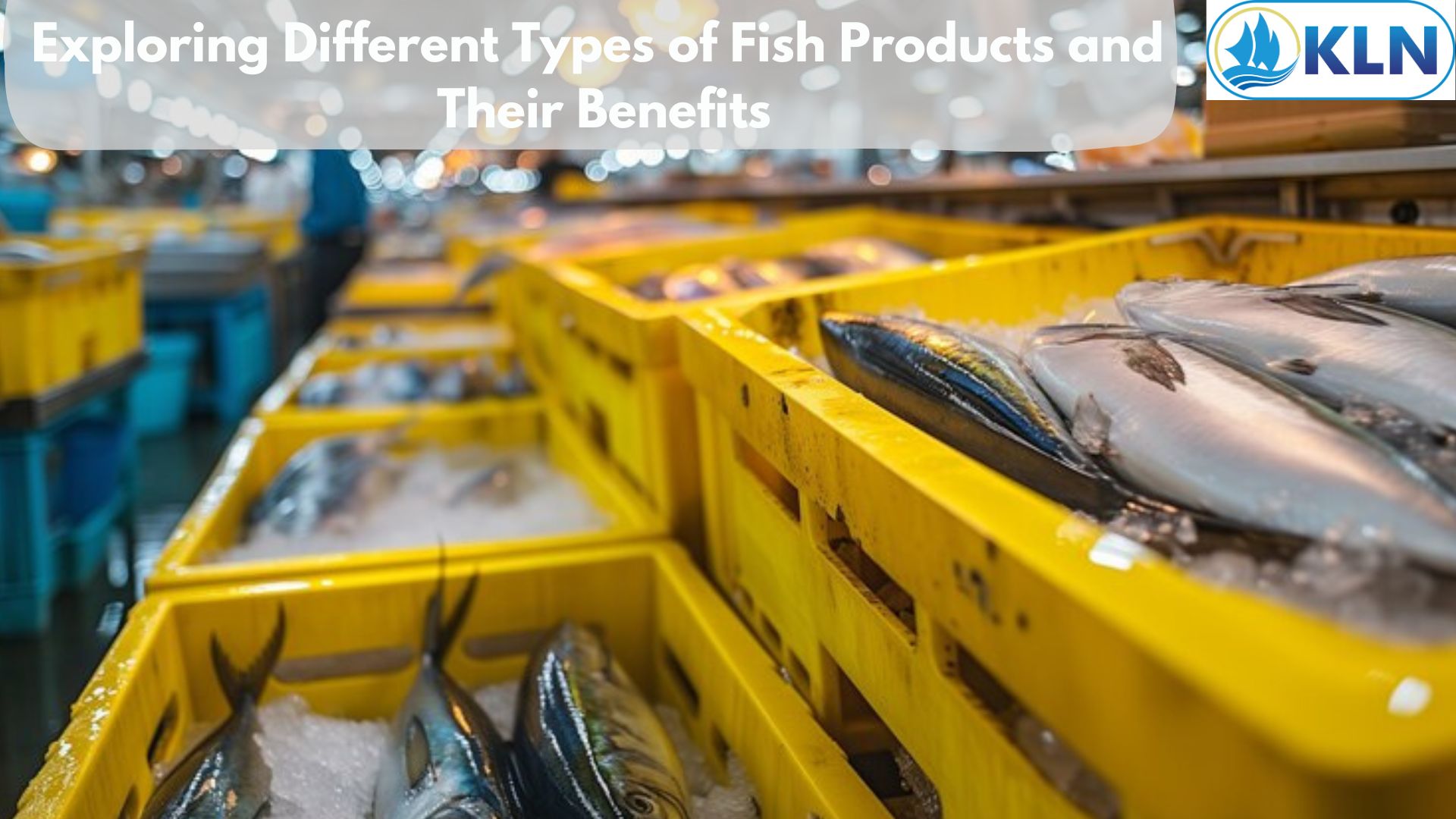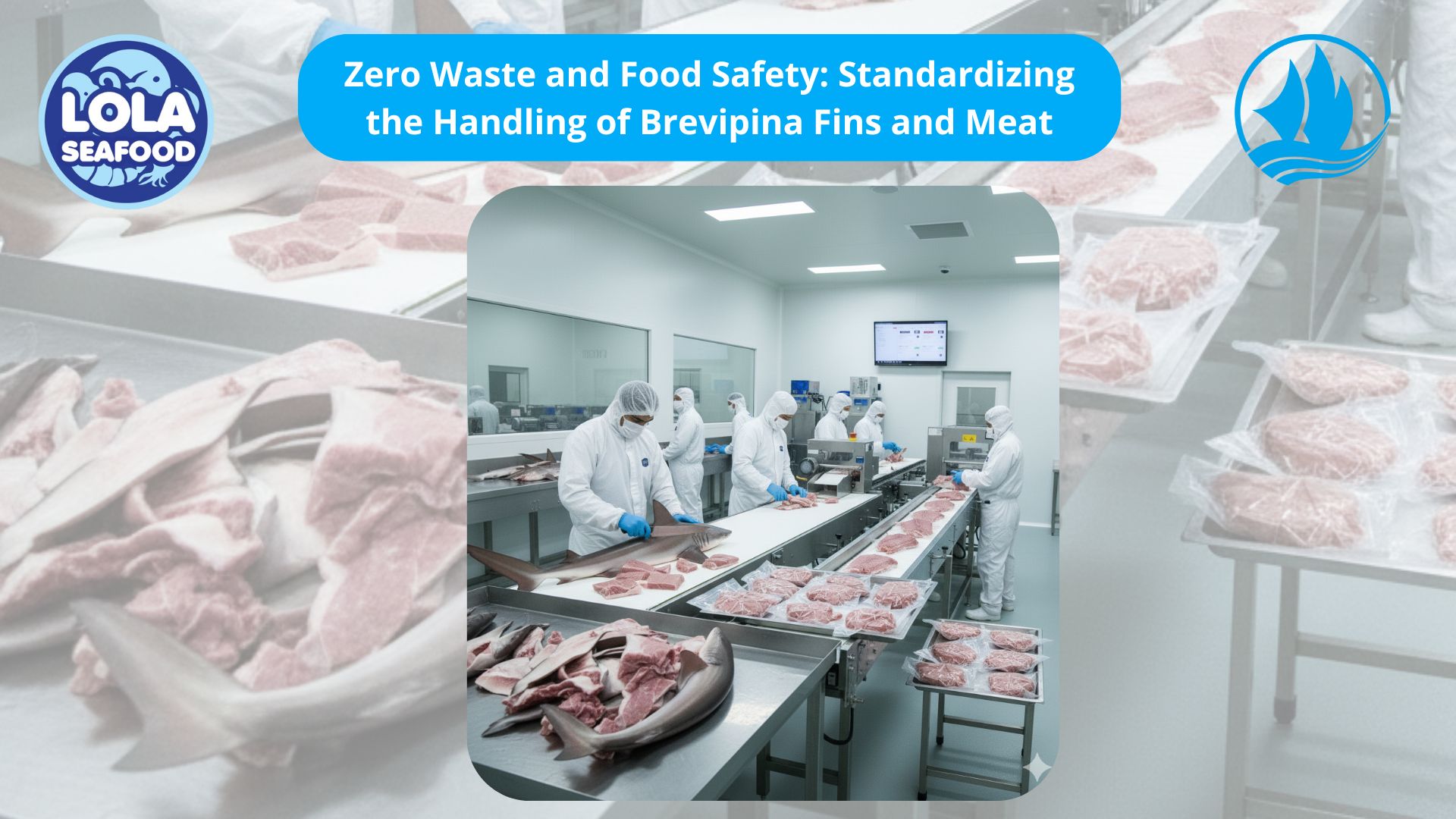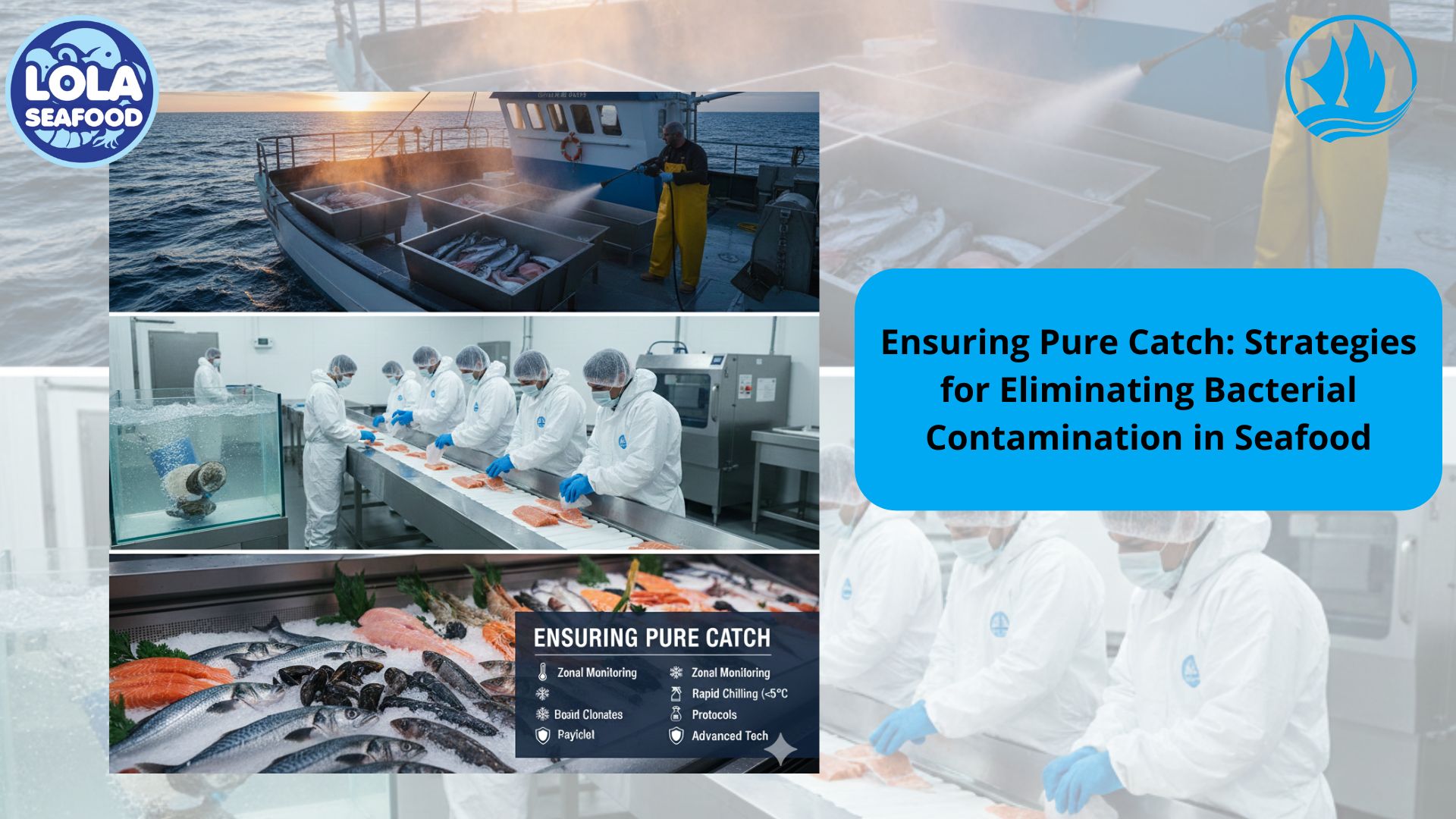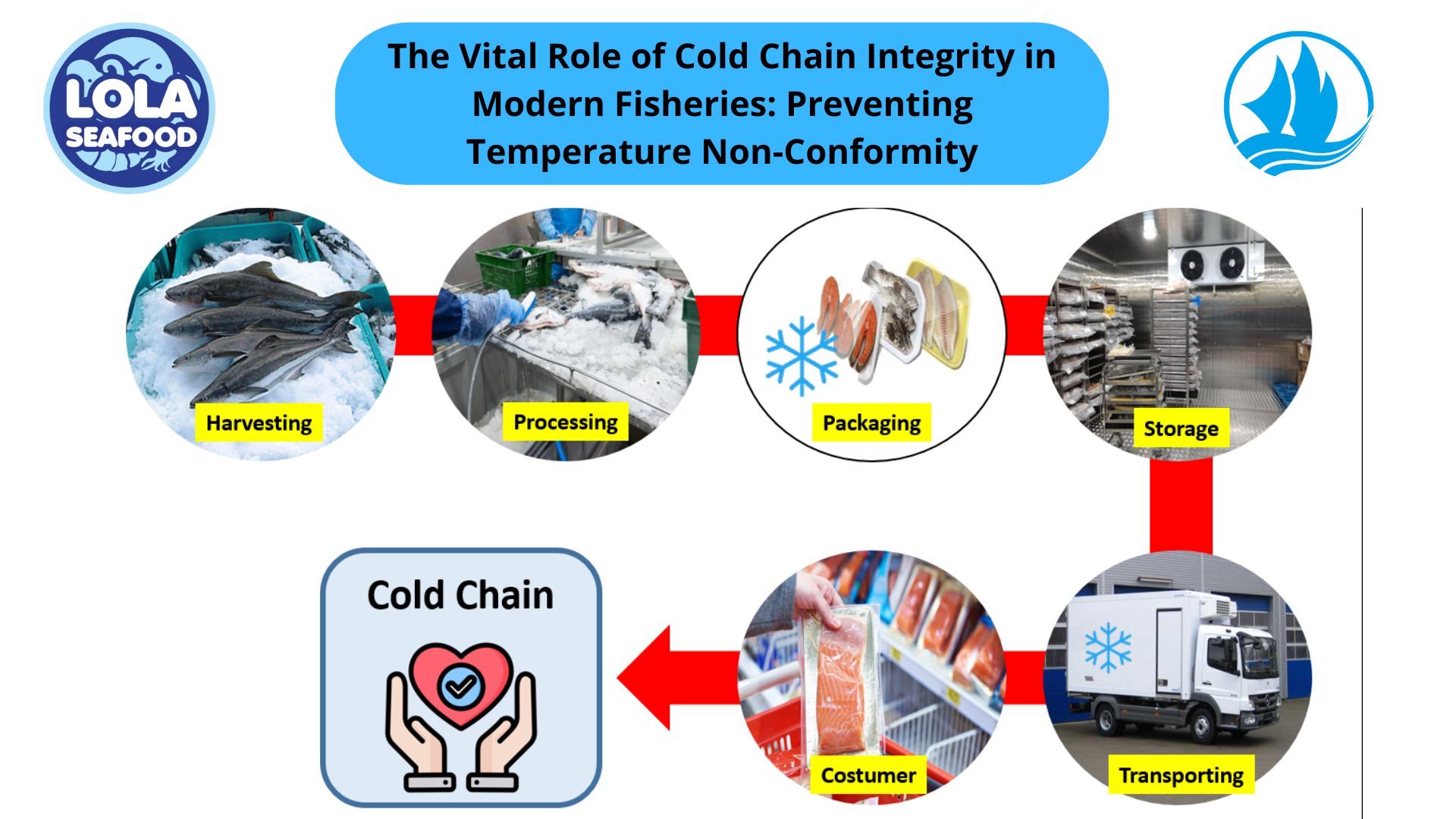Exploring Different Types of Fish Products and Their Benefits
By. Najih - 13 Sep 2024
The world of fish products is diverse, offering numerous options that cater to various tastes, preferences, and dietary needs. From traditional preparations to innovative new products, fish processing has evolved to meet modern consumer demands. Here’s a closer look at the different types of fish products and their unique benefits.
1. Fresh Fish
Fresh fish, including varieties such as salmon, tuna, and cod, is a staple in many diets. Known for its high nutritional value, fresh fish provides a rich source of protein, omega-3 fatty acids, and essential vitamins like B12 and D. For optimal freshness, it should be consumed within a few days of purchase and stored properly.
2. Canned Fish
Canned fish, such as tuna, sardines, and salmon, offers both convenience and a longer shelf life compared to fresh fish. This preservation method retains most of the fish’s nutritional content, including omega-3 fatty acids and calcium, especially when bones are included, as in sardines. Canned fish is ideal for quick meals and pantry stocking.
3. Frozen Fish
Frozen fish provides the advantage of extended shelf life while preserving the quality and nutrients of the fish. Flash-freezing technology helps maintain freshness, making it a popular choice for those who prefer to store fish for longer periods. Frozen fish is available in various forms, including fillets and whole fish, and is a versatile option for meal preparation.
4. Smoked Fish
Smoked fish, including varieties like smoked salmon and mackerel, is valued for its distinct flavor and preservation method. Smoking adds a unique taste while extending shelf life. However, smoked fish often has higher sodium content due to the curing process. Despite this, it remains a popular choice for its rich flavor and extended preservation.
5. Fish Sauces and Pastes
Fish sauces and pastes, such as anchovy paste and Thai fish sauce, are integral to various cuisines. These condiments are made through the fermentation of fish, providing a rich umami flavor. While they enhance dishes, it’s important to use them in moderation due to their high sodium levels.
6. Processed Fish Products
Processed fish products like fish sticks and fillets offer convenience and are often pre-cooked or breaded. These products are easy to prepare but can contain additives and preservatives. Opting for options with minimal additives can ensure a healthier choice .

Optimizing Wild-Caught Fish Logistics: Maintaining Thermal Core Integrity During Long-Haul Transport
.jpg)



.jpg)

 and Employee Productivity on the Demersal Fish Processing Floor.jpg)
